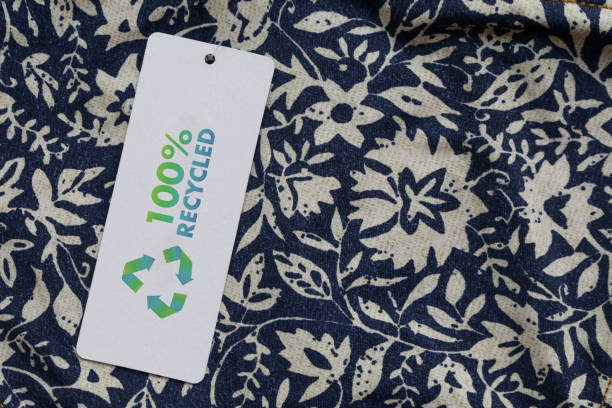Sustainable Fashion Myths: Busting 4 Detrimental Misconceptions
Do you think sustainable fashion costs an arm and a leg? Are the sweatshop jobs better than no jobs? These are some terrible sustainable fashion myths that revolve around globally. You must not forget that sustainable fashion is one of the best journeys involving learning, unlearning, and shifting the point of view. The fashion industry values accessibility and inclusivity, whereas sustainable fashion is beyond its outdated stereotype, such as beige clothing that costs you your peace. Although not everyone feels similar, it’s common to find most of them having myths about sustainable fashion. Therefore, to bust the hazardous myths regarding sustainable fashion, these are the 4 misconceptions debunked! Myth 1: Luxurious brands are comparatively more sustainable and elevated than fast fashion You may often consider a £250 luxury jumper more ethical and sustainable than an ordinary £5 fast-fashion piece, which isn’t true! These luxury brands count on hazardous fabrics, such as conventionally grown cotton and synthetic fibers. Furthermore, these brands manufacture their outfits in similar factories employed by fast-fashion firms; hence, their employees are simply corrupted. That luxury piece costs an arm and a leg due to the label. Myth 2: A sustainable wardrobe means a closet clean-out Sustainable fashion implies making the most of what you have instead of discarding the heaps of modish, sound, and sustainable outfits. Doing a closet evaluation is a top-notch thing to obtain comprehension of your style and the types of pieces you prefer or don’t like so that you can deliberate about future buying and refrain from clearing out your closet. Myth 3: You can purchase as many clothes as you like but from sustainable brands only Even though you can afford to buy clothes, shopping sustainably doesn’t allow you to use the complimentary pass to restore your wardrobe every season. At the same time, it’s not good enough to keep purchasing outfits from sustainable brands without knowing your impact. Finding out how much it costs to make a simple white t-shirt will completely alter your point of view. Myth 4: Sustainable fashion is about minimalism The notion of a closet cleanout begets some perceptions that sustainability implies you must have a capsule minimalist wardrobe or a modest aesthetic. While slow and sustainable fashion is about purchasing less, you do not need a maximum number of garments to get involved. The great thing is that some people approach their purposive fashion journey this way, with capsule wardrobes. Sustainability is not a closed group that requires expensive admission. Making ecological behaviors and modifying one’s perspective are essential. No matter our color, financial situation, region, or level of wealth, we are all capable of following actual sustainable fashion trends.


